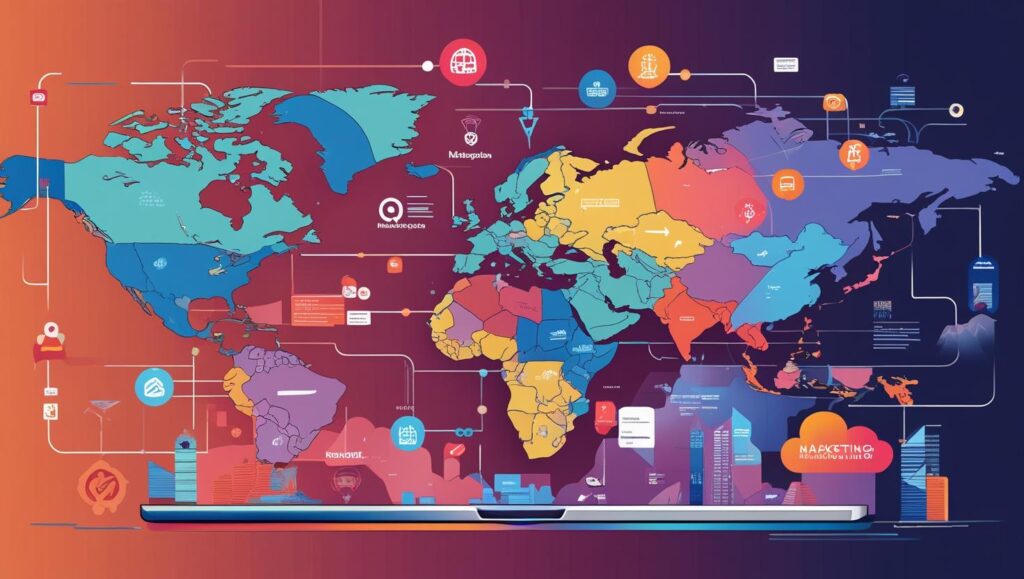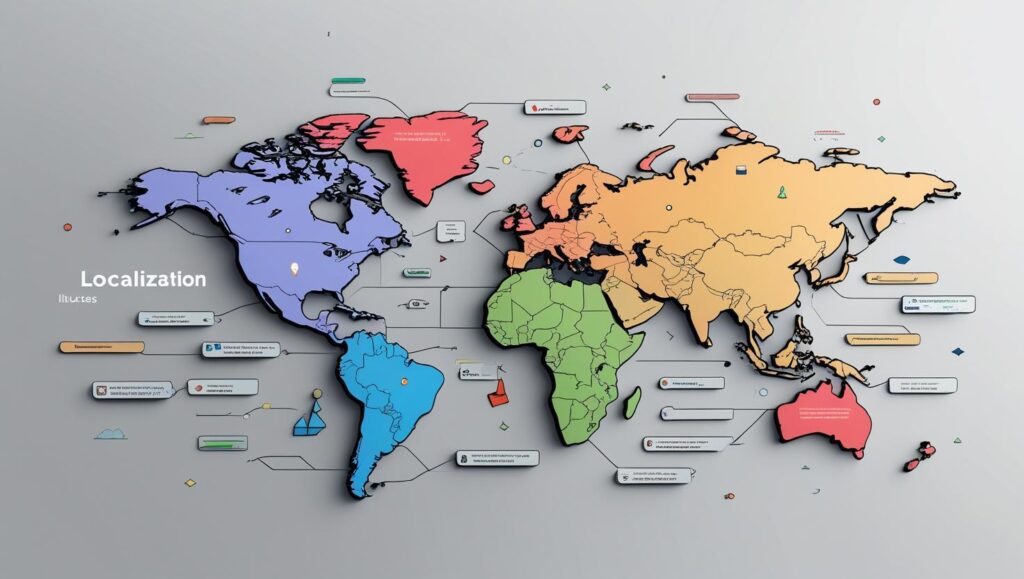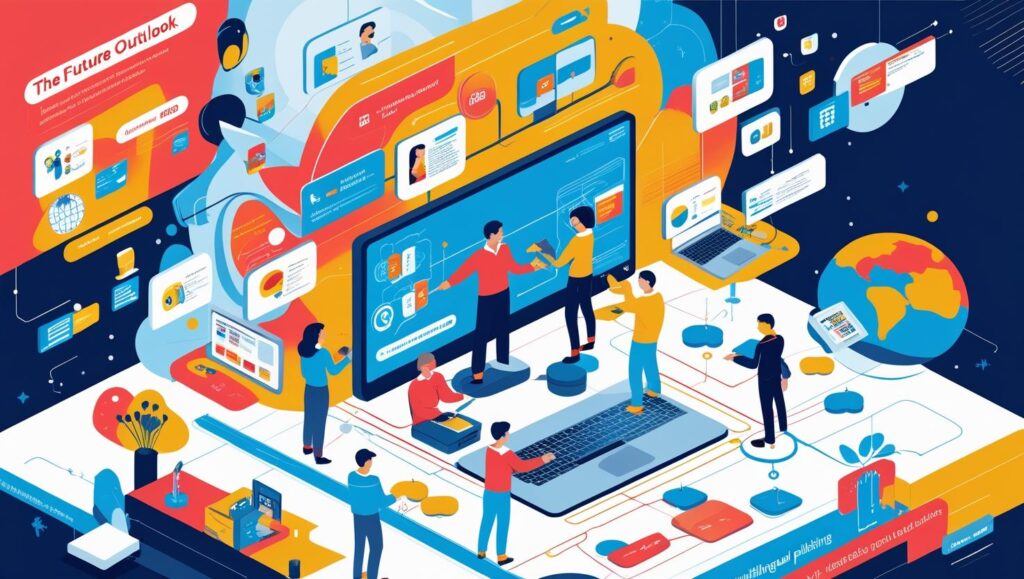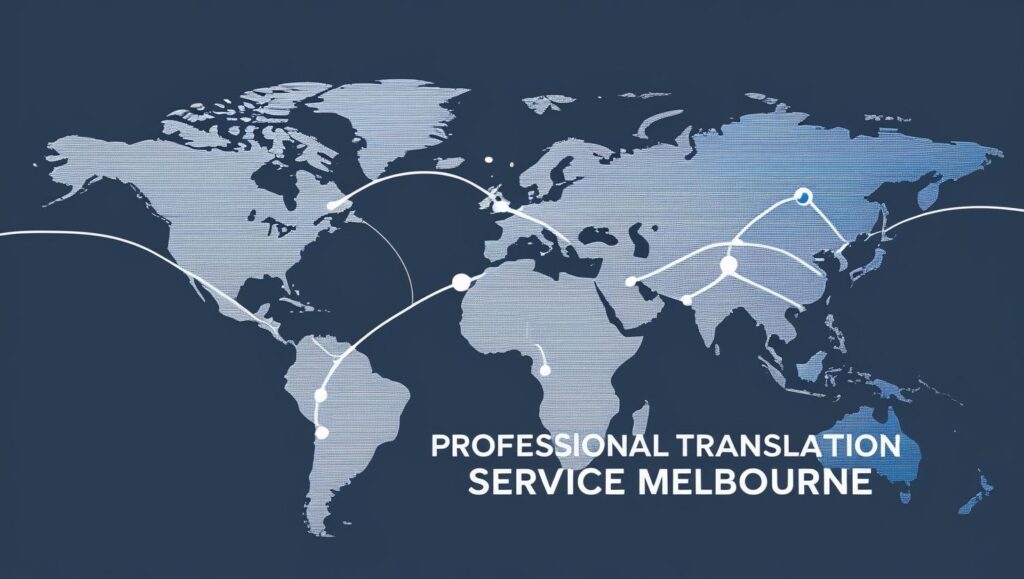We live in a world where businesses have a plethora of opportunities to expand their operations internationally. Technology, social media, and e-commerce platforms have turned many local businesses into global powerhouses. However, when diversifying a company, reaching an audience across borders is only half the job finished. The real challenge comes when business owners have to connect with people in a way that makes them resonate and relate to the brand.
This is where localisation services help businesses out. The providers of this service, like Beyond Translation, help transform a global brand message into something that feels native to a customer’s culture, language, and daily life. Localisation involves adapting cultures, understanding customer preferences, and personalising marketing strategies to make customers feel seen and valued.
In this blog, we’ll dive deeper into what localisation really means in marketing, why it matters, and how businesses can use it to turn global reach into genuine local impact.
What is Localisation in Marketing?
At first glance, many people assume localisation is just about translating words from one language to another. But it’s a lot more than that. Translation communicates the meaning of words, but localisation makes sure the overall experience feels natural in the target market.
For instance:
- A direct translation of an English slogan into Spanish might make sense grammatically but sound awkward or too formal for local audiences.
- A colour that means good luck in one country may mean the opposite in another.
- Humour that works in one country may fall flat or even be offensive in another.
Localisation takes into account language, culture, traditions, images, and pricing to create marketing campaigns that customers can relate to on a personal level.
Why Localisation Matters in Marketing

Localisation plays an instrumental role in marketing by:
1. Building Emotional Connection
Customers are more likely to connect with a brand that speaks their language and understands their culture. When people feel a campaign was created with them in mind, businesses can build trust and loyalty more quickly.
2. Reducing Miscommunication and Risks
Poorly localised campaigns are more likely to backfire. Many global companies have faced embarrassing situations where incorrect translations and cultural oversights put a dent in their reputation. With localisation, your message doesn’t get lost or misunderstood.
3. Improving Conversion Rates
Even if your product is the best in class, customers won’t buy it if the marketing feels foreign or irrelevant. Localised websites, ads, and packaging increase comfort and confidence, which directly influence purchase decisions.
4. Staying Ahead of Competition
In crowded markets, localisation can be a strong difference-maker. If two global brands enter a new country, the one that adapts better to local culture usually earns trust faster, even if it isn’t as popular as its competitor.
Key Elements of Effective Localisation
For localisation to work effectively, businesses need to consider different elements:
1. Language and Tone: Literal translation is not enough. Apart from it, you need the right tone, style, and expressions used by locals in daily conversations. For instance, British English and American English share a language but differ in vocabulary (e.g., lift vs elevator).
2. Cultural Sensitivity: Colours, gestures, and symbols carry different meanings around the world. This is why marketing campaigns must show respect to local traditions, festivals, and social norms.
3. Content Adaptation: Localising is all about reworking the entire message, which includes images, examples, jokes, idioms, and references. When done properly, the content feels native, which makes it easier for the audience to resonate with the brand.
4. Payment Systems and Pricing: Offering prices in local currency and using payment methods preferred in that region makes customers more comfortable and willing to buy.
5. Design and Layout: Some languages take up more space on a page, while others, like Arabic, are read from right to left. Advertisements and websites need to adapt to these differences and create content accordingly.
Building a Strong Localisation Strategy
Here’s how you can build a strong and effective localisation strategy for your business:
1. Research the Market: Learn about the local culture, buying habits, language nuances, and customer expectations. The better you understand your target market, the more authentic your localisation will be.
2. Work with Local Experts: Native speakers and cultural experts, like those at Beyond Translation, can point out details outsiders often miss. They make sure campaigns sound natural, not forced.
3. Test and Iterate: Before a full-scale launch, test your localised content with a small segment of the target audience and gather feedback for improvements.
4. Monitor and Adapt: Keep tracking the performance of your localised campaigns and be ready to make adjustments based on consumer feedback and market trends.
5. Stay Consistent with Brand Identity: When you’re adapting for local markets, don’t lose sight of your brand’s core values. Customers should still recognise the global brand identity even when messaging feels local.
Challenges in Localisation

Localisation is powerful and effective. However, it does have its fair share of challenges, which include:
1. Cultural Sensitivities: Misunderstanding cultural nuances can lead to marketing blunders. For instance, certain colours or symbols may have different connotations in various cultures.
2. Complexity: Managing multiple versions of campaigns across regions can be difficult without strong project management.
3. Risk of Losing Brand Consistency: Too much localising may dilute brand identity if companies forget to keep global values intact.
Why Work with Beyond Translation?
Top services like Beyond Translation help you adapt your messages to suit all target markets, cultures, and audiences around the world. Their experts work closely with you to gain a deep understanding of your business, service, or product, as well as your target market and audience. They regularly review your content for accuracy and help you achieve your commercial goals.
To make sure your brand’s message is being spread properly, Beyond Translation provides a range of localisation services, including website content localisation, software localisation, social media localisation, blog localisation, and localisation for SEO.
Final Thoughts
Behind every globally successful brand lies an effective localisation strategy. This is because localisation bridges the gap between international reach and personal connection. It helps businesses speak not only the language of their customers but also to their hearts.
When implemented well, localisation makes the product feel like it truly belongs to the community, not just imported from abroad. And in marketing, belonging often makes the difference between a one-time buyer and a lifelong brand advocate.
So, are you ready to see your global brand truly shine? Contact Beyond Translation for state-of-the-art localisation services and witness the difference yourself!

